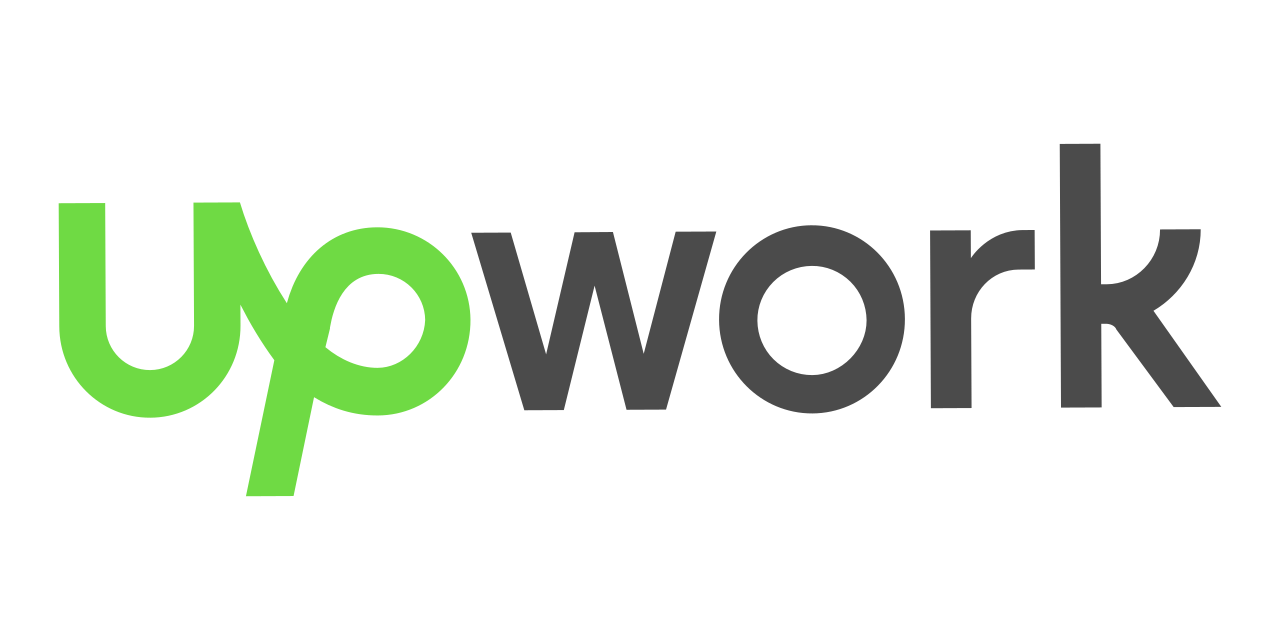Introduction
Elevate Your B2C Landing Pages: 5 Proven Strategies for Conversion Success
In the fast-paced world of digital marketing, your landing page often acts as the gateway between casual browsers and loyal customers. A well-optimized B2C landing page does more than just look good—it persuades, converts, and builds trust. Let’s dive into five key practices that make your page not only appealing but irresistible.

1. Craft a Magnetic Headline That Resonates
The headline is the first thing visitors see—it needs to pop. A powerful headline is clear, succinct, and rooted in relevance. According to the DMI guide, your headline should quickly communicate the value visitors will gain (digitalmarketinginstitute.com, linkedin.com). Take cues from Stensul, which reports that 80% of visitors read headlines, but only 20% continue further (stensul.com). Aim for headlines like:
- “Enjoy 50% Off Your First Order—Today Only!”
- “Get Summer-Ready: Free Shipping Ends Soon”
Ensure it matches your ad or campaign, reinforcing the promise that made them click—which boosts conversion through message matching (linkedin.com, unbounce.com).
2. Align Messaging with Ads & Keep CTAs Snappy
When someone clicks your ad, your landing page must mirror that message. An ad for eco-friendly sneakers should lead to the same benefit on the landing page—consistency is key (unbounce.com). DMI emphasizes tailored pages for each link or campaign (digitalmarketinginstitute.com).
CTA buttons must be prominent—ideally in a contrasting color, with action-oriented text like “Shop Eco Sneakers Now.” CTA placement matters too: above the fold, and with a pinned button that follows as the user scrolls . This ensures a seamless journey, no matter where the visitor lands on your page.
3. Use Visual Hierarchy, Trust Signals & Clean Layouts
Visual design directs user behavior:
- Hero section: Keep it clean and bold—your headline, a powerful image, and one clear CTA (shipfusion.com, moosend.com).
- Directional cues: Like arrows or images that lead the eye toward the CTA (unbounce.com).
- White space and layout: Embrace simplicity—highlight your main offer without overcrowding (stensul.com).
Place trust elements—like testimonials, security badges, or peer reviews—just below the hero to reinforce credibility (shipfusion.com).
4. Keep Copy Concise & Value‑Driven
According to Stensul, trimmed copy—just the essentials—can boost conversions by 30% (stensul.com). Get straight to the point:
- Highlight benefits over features (“Stay cool and eco-friendly” vs. “Made from recycled plastic”).
- Support punchy headings with short bullets or subheadings.
- Wrap your CTA with a short benefit line like “Join now to enjoy 20% off today!” (linkedin.com).
Academic findings confirm the impact: less content often means better decisions and more conversions (arxiv.org). Reducing decision fatigue lets your value shine.
5. Design for Speed & Mobile-First Experience
Slow-loading pages kill engagement. Studies show each second of load time can reduce conversions by 7% (reddit.com, stensul.com). Keep it lean:
- Compress images and optimize scripts.
- Use lightweight templates or page builders with minimal extras.
Given that most B2C browsing is mobile-based, follow these mobile-first tactics:
- Use at least 16 px fonts for readability (moosend.com, stensul.com, reddit.com).
- Implement the “arm’s length” rule: view your page at arm’s length—can you read and tap comfortably? .
- Add a pinned CTA that stays visible as users scroll (moosend.com).
All these ensure a seamless UX regardless of device.
- Hero section: Clean layout, catchy headline (“Eco Sneakers: 20% Off Today!”), visual showing happy customers, prominent green “Shop Now” button.
- Features section: 3–4 bullet points (“Breathable, Durable, Planet-Friendly”).
- Trust signals: “4.8⭐ average from over 5,000 users” with security badge.
- Sticky CTA: A minimized “Shop Now” bar that glides in as you scroll.
- Benefits section: Two short paragraphs on comfort and environmental impact.
- Secondary CTA: “Shop Collection” after reading.
- Footer: Minimal links—just essential info; everything else removed to avoid distractions (shipfusion.com).
Why These Practices Matter
- Message Match ensures users know they’re in the right place (en.wikipedia.org).
- Visual Hierarchy and directional cues make navigation intuitive (unbounce.com).
- Social Proof sells trust quickly (unbounce.com).
- Minimal Copy & Speed increase comprehension and reduce bounce (moosend.com).
- Mobile-first ensures maximum reach in today’s device landscape .

Final Takeaway
B2C landing pages thrive on clarity, speed, and trust. When you prioritize a focused message, compelling copy, clean design, trust signals, fast load times, and mobile usability, you transform casual visitors into high-intent buyers.
So next time you’re launching a campaign, use this checklist to craft a compelling landing page:
Headline → Match ad → Hero image & CTA → Brief benefits → Social proof → Sticky CTA → Fast & mobile‑optimized layout.




